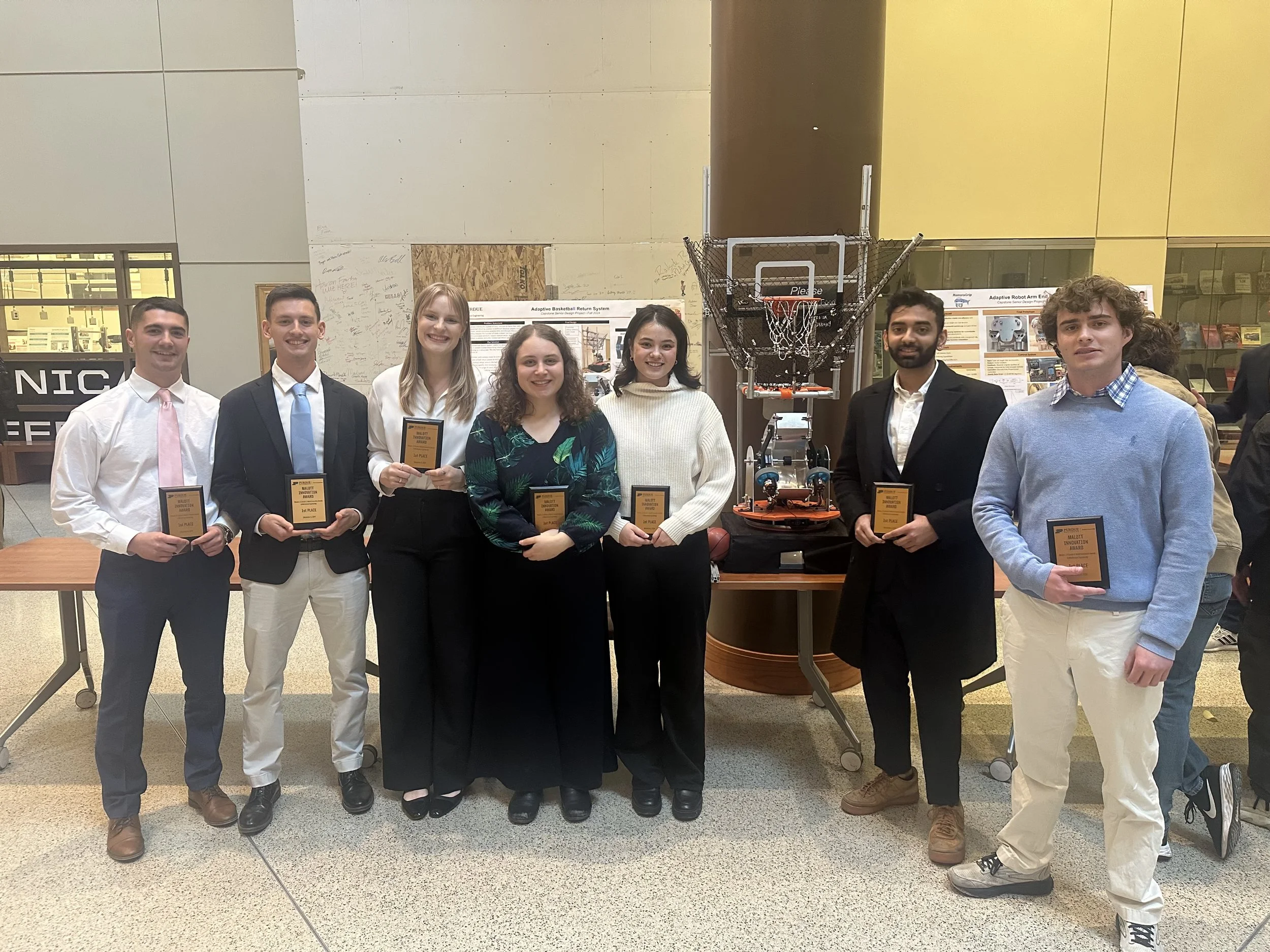"Guest Editorial Focused Section on sensing and perception systems for intelligent manufacturing (SPIM)," IEEE/ASME Trans. Mechatronics (2018)
/[115] X. Chen, S. Zhang, and J. M.P. Geraedts, "Guest Editorial Focused Section on sensing and perception systems for intelligent manufacturing (SPIM)," IEEE/ASME Trans. Mechatronics 23(3), 983-984 (2018); doi:10.1109/TMECH.2018.2837008
Abstract
This Focused Section provides a state-of-the-art update of research fronts in Field Sensing and Perception as well as the applications to intelligent manufacturing problems. The topics covered in the collected papers include: optimization of field sensing network and systems, intelligent sensing and perception for robotic manufacturing processes, SLAM of indoor environments, and model guided measurement of various field effects. The problems related to field sensing and perception are challenging and spread out in various areas in practices. To our best knowledge, this Focused Section is the first effort to try to collectively present the research results related sensing and perception of ‘field effects’ which exist in various manufacturing processes. It is our intention that this Focused Section would serve as an efficient highlight of such challenging and important problems to attract intensive research interests on these problems by arguably claiming an effective research area for field sensing and perception.




